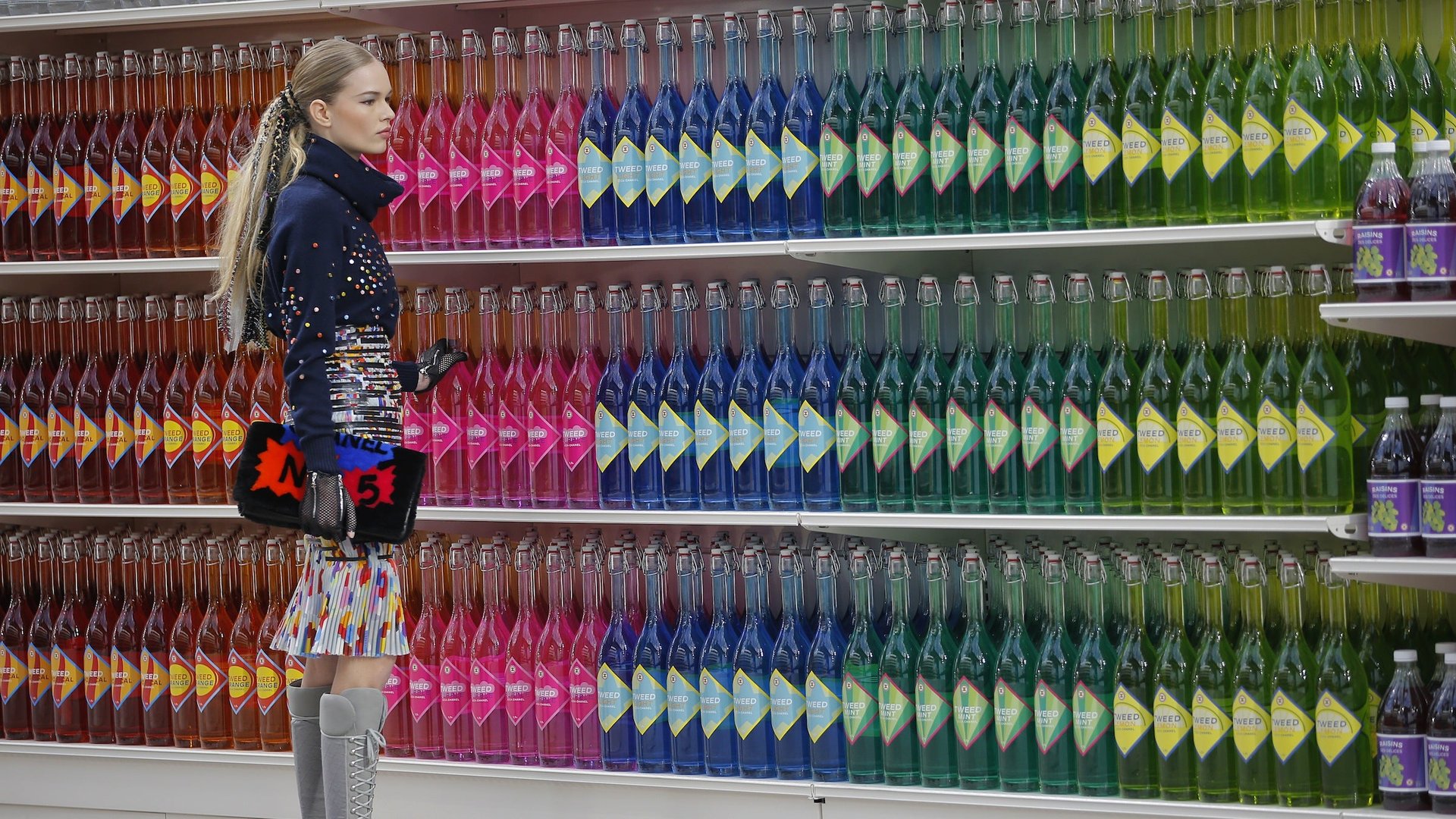Even white icing has artificial color in it
Some foods are quite obviously filled with artificial color. (Good luck finding a fruit that looks anything like Fruit Loops.) But according to research (paywall) headed by Laura Stevens, a research technician in nutrition at Purdue University, the American diet is practically overflowing with dyes.


Some foods are quite obviously filled with artificial color. (Good luck finding a fruit that looks anything like Fruit Loops.) But according to research (paywall) headed by Laura Stevens, a research technician in nutrition at Purdue University, the American diet is practically overflowing with dyes.
While some foods weren’t surprising (Kraft macaroni-and-cheese is clearly colored bright orange, even though the company has actually toned down its coloring in the past year), Stevens was disturbed by the pervasiveness of food dye. “Finding red dye in cherry pie filling was pretty odd,” Stevens told Modern Farmer, “You would think the cherries would make it red enough.” But if customers expect a maraschino sheen when they slice into dessert, they should also expect a heavy dose of dye. Stevens also found blue and yellow dyes in some brands of pickles. Even white icing had artificial colors in it, she said—Yellow 5 and Red 40. Marshmallows tested contained Blue 1.
Stevens’ research focuses on ADHD, so her concern is that these dyes might cause hyperactivity or other behavioral symptoms. It’s hard to know whether such a connection exists: Tests done in the 1970s and 1980s, Stevens said, used a baseline of 27 milligrams as a dose of dye. But Stevens found that a serving of Trix cereal contains as much as 36.4 milligrams, combined, of Yellow 6, Blue 1, and Red 40. According to a previous study (paywall) by the same researchers, beverages are one of the largest sources of artificial dye in the American diet. Orange Crush soda contained 33.6 mg of dye, for example, and Kool-Aid Burst Cherry contained 52.3 mg of Red 40.
The issue here isn’t that artificial dyes are definitely bad for children or adults. In fact, current research suggests that some children can easily tolerate more than 200 mg of dye per day. But other children showed behavioral symptoms after 100 mg—which Stevens’ work now shows is a dose that children could easily consume in one meal. If brands aren’t willing to let their products go au-naturel, it’s time for research that shows how these high doses affect the body.
Updated: This post was updated to specify which dyes were found in white icing.